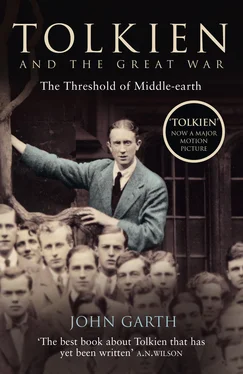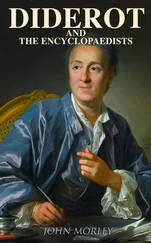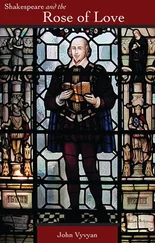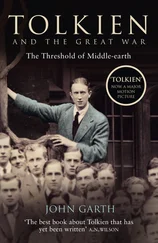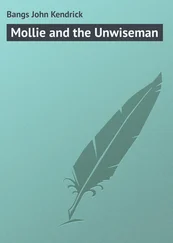Tolkien and the Great War
The Threshold of Middle-earth
John Garth

HarperCollins Publishers
1 London Bridge Street
London SE1 9GF
www.tolkien.co.uk
First published in Great Britain by HarperCollins Publishers 2003
Copyright © John Garth 2003
Previously unpublished material © The Tolkien Trust/The J.R.R. Tolkien Copyright Trust 2003
Cover: Tolkien and fellow students at Exeter College, Oxford, in June 1914
John Garth asserts the moral right to be identified as the author of this work
All rights reserved under International and Pan-American Copyright Conventions. By payment of the required fees, you have been granted the non-exclusive, non-transferable right to access and read the text of this e-book on screen. No part of this text may be reproduced, transmitted, downloaded, decompiled, reverse engineered, or stored in or introduced into any information storage and retrieval system, in any form or by any means, whether electronic or mechanical, now known or hereinafter invented, without the express written permission of HarperCollins e-books.
Ebook Edition © APRIL 2010 ISBN: 9780007373871
Version 2019-03-22
This book is sold subject to the condition that it shall not, by way of trade or otherwise, be lent, re-sold, hired out or otherwise circulated without the publisher’s prior consent in any form of binding or cover other than that in which it is published and without a similar condition including this condition being imposed on the subsequent purchaser.
In memory of
John Ronald Reuel Tolkien, 1892-1973
Christopher Luke Wiseman, 1893-1987
Robert Quilter Gilson, 1893-1916
Geoffrey Bache Smith, 1894-1916
TCBS
Cover Page
Title Page
Copyright
Dedication
Chronology
Maps
Preface
PART ONE The immortal four
Prologue
ONE Before
TWO A young man with too much imagination
THREE The Council of London
FOUR The shores of Faërie
FIVE Benighted wanderers
SIX Too long in slumber
PART TWO Tears unnumbered
SEVEN Larkspur and Canterbury-bells
EIGHT A bitter winnowing
NINE ‘Something has gone crack’
TEN In a hole in the ground
PART THREE The Lonely Isle
ELEVEN Castles in the air
TWELVE Tol Withernon and Fladweth Amrod
Epilogue. ‘A new light’
Postscript. ‘One who dreams alone’
Notes
Bibliography
Index
Tolkien and The Great War
About the Publisher
Tolkien on the Somme, 1916
6 June—Tolkien arrives in France.
28 June—He joins 11th Lancashire Fusiliers.
1 July—Battle of the Somme begins.
3 July—Tolkien reaches the frontline area.
6-8 July—With G. B. Smith in Bouzincourt.
14-16 July—Tolkien takes part in attack on Ovillers.
17 July—He learns of Rob Gilson’s death.
21 July—He becomes battalion signal officer.
24-30 July—Trenches at Auchonvillers.
7-10 August—Trenches east of Colincamps.
16-23 August—Signal officers’ course, Acheux.
22 August—Tolkien sees Smith for the last time.
24-26 August—Trenches, Thiepval Wood.
28 August-1 September—Trenches east of Leipzig Salient.
1-5 September—Support trenches near Ovillers.
12-24 September—Training, Franqueville.
27-29 September—Action at Thiepval Wood.
6-12 October—Battalion HQ, Ferme de Mouquet.
13-16 October—Headquarters, Zollern Redoubt.
17-20 October—Ovillers Post and Hessian Trench.
21-22 October—Capture of Regina Trench.
27 October—Tolkien reports sick at Beauval.
28 October—He leaves his service battalion.
29 October-7 November—In hospital, Le Touquet.
8 November—Returns to England on Asturias.
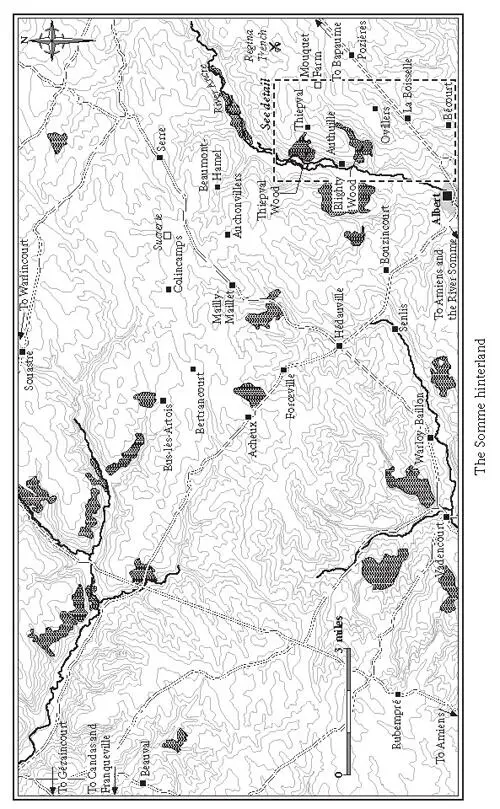
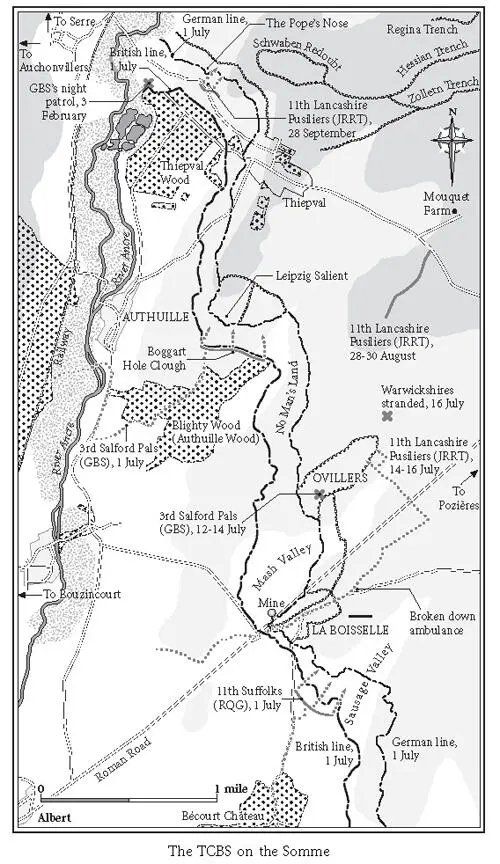
This biographical study arose from a single observation: how strange it is that J. R. R. Tolkien should have embarked upon his monumental mythology in the midst of the First World War, the crisis of disenchantment that shaped the modern era.
It recounts his life and creative endeavours during the years 1914-18, from his initial excursions into his first invented ‘Elvish’ language as a final-year undergraduate at Oxford, through the opening up of his horizons by arduous army training and then the horror of work as a battalion signal officer on the Somme, to his two years as a chronic invalid standing guard at Britain’s seawall and writing the first tales of his legendarium.
Travelling far beyond the military aspects of the war, I have tried to indicate the breadth and depth of Tolkien’s interests and inspirations. The growth of his mythology is examined from its first linguistic and poetic seeds to its early bloom in ‘The Book of Lost Tales’, the forerunner of The Silmarillion , envisaged in its beginnings as a compendium of long-forgotten stories of the ancient world as seen through elvish eyes. As well as a critical examination of this first foray into what Tolkien later came to call Middle-earth, I have provided commentaries on many of his early poems, one of which (‘The Lonely Isle’) appears here in full for the first time since its publication in the 1920s, in a small-press book now long out of print. I hope I have given Tolkien’s early poetry and prose the serious consideration they deserve, not as mere juvenilia, but as the vision of a unique writer in the springtime of his powers; a vision already sweeping in its scope and weighty in its themes, yet characteristically rich in detail, insight and life.
One of my aims has been to place Tolkien’s creative activities in the context of the international conflict, and the cultural upheavals which accompanied it. I have been greatly assisted, firstly, by the release of the previously restricted service records of the British Army officers of the Great War; secondly, by the kindness of the Tolkien Estate in allowing me to study the wartime papers that Tolkien himself preserved, as well as the extraordinary and moving letters of the TCBS, the circle of former schoolfriends who hoped to achieve greatness but found bitter hardship and grief in the tragedy of their times; thirdly, by the generosity of the family of Tolkien’s great friend Rob Gilson in giving me unrestricted access to all of his papers. The intertwined stories of Gilson, Geoffrey Bache Smith, Christopher Wiseman, and Tolkien – their shared or overlapping vision and even their sometimes incendiary disagreements – add greatly, I believe, to an understanding of the latter’s motivations as a writer.
Although Tolkien wrote often about his own wartime experiences to his sons Michael and Christopher, when they in their turn served in the Second World War, he left neither autobiography nor memoir. Among his military papers, a brief diary provides little more than an itinerary of his movements during active service in France. However, such is the wealth of published and archival information about the Battle of the Somme that I have been able to provide a detailed picture of Tolkien’s months there, down to scenes and events on the very routes he and his battalion followed through the trenches on particular days.
Читать дальше
